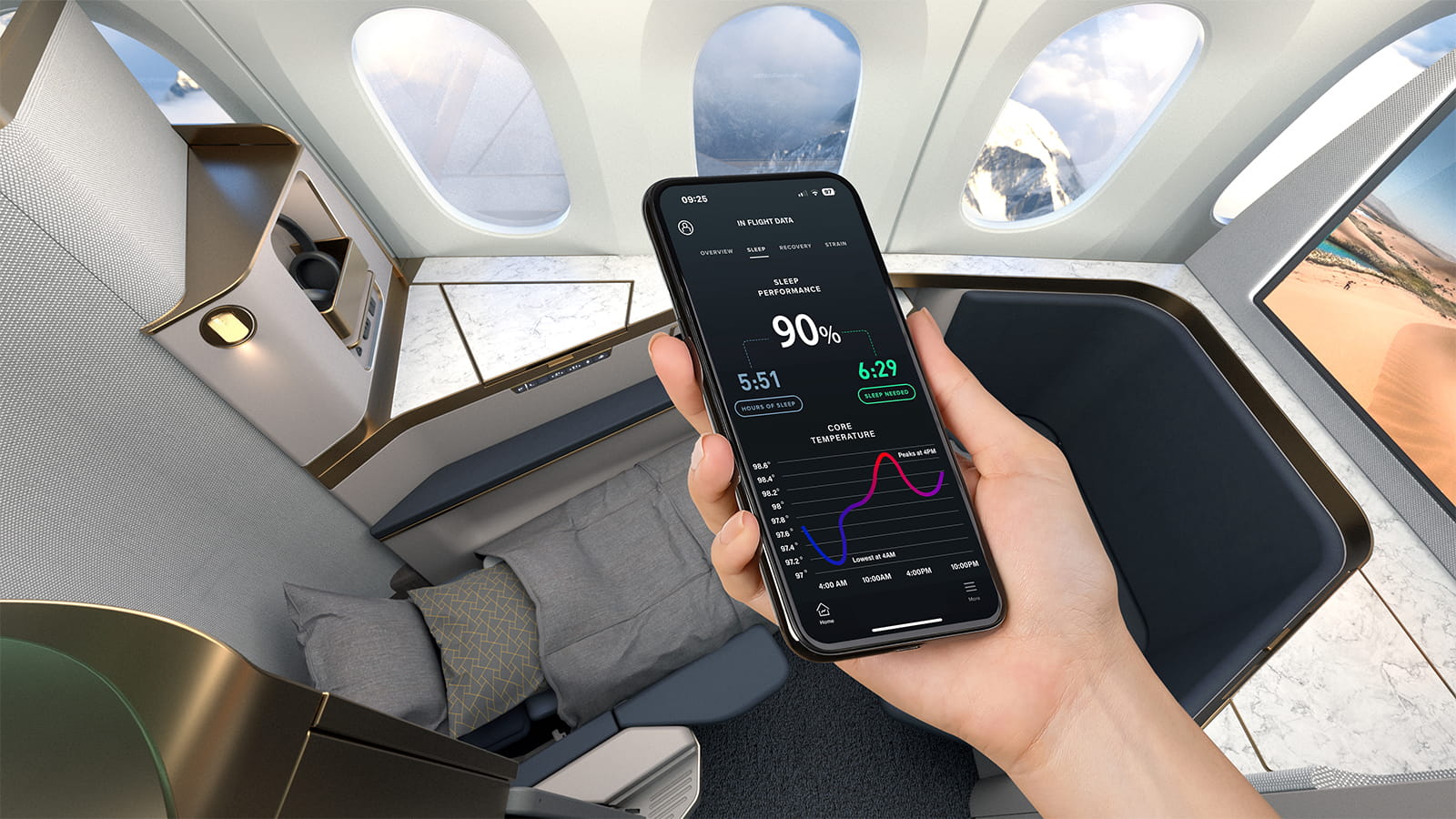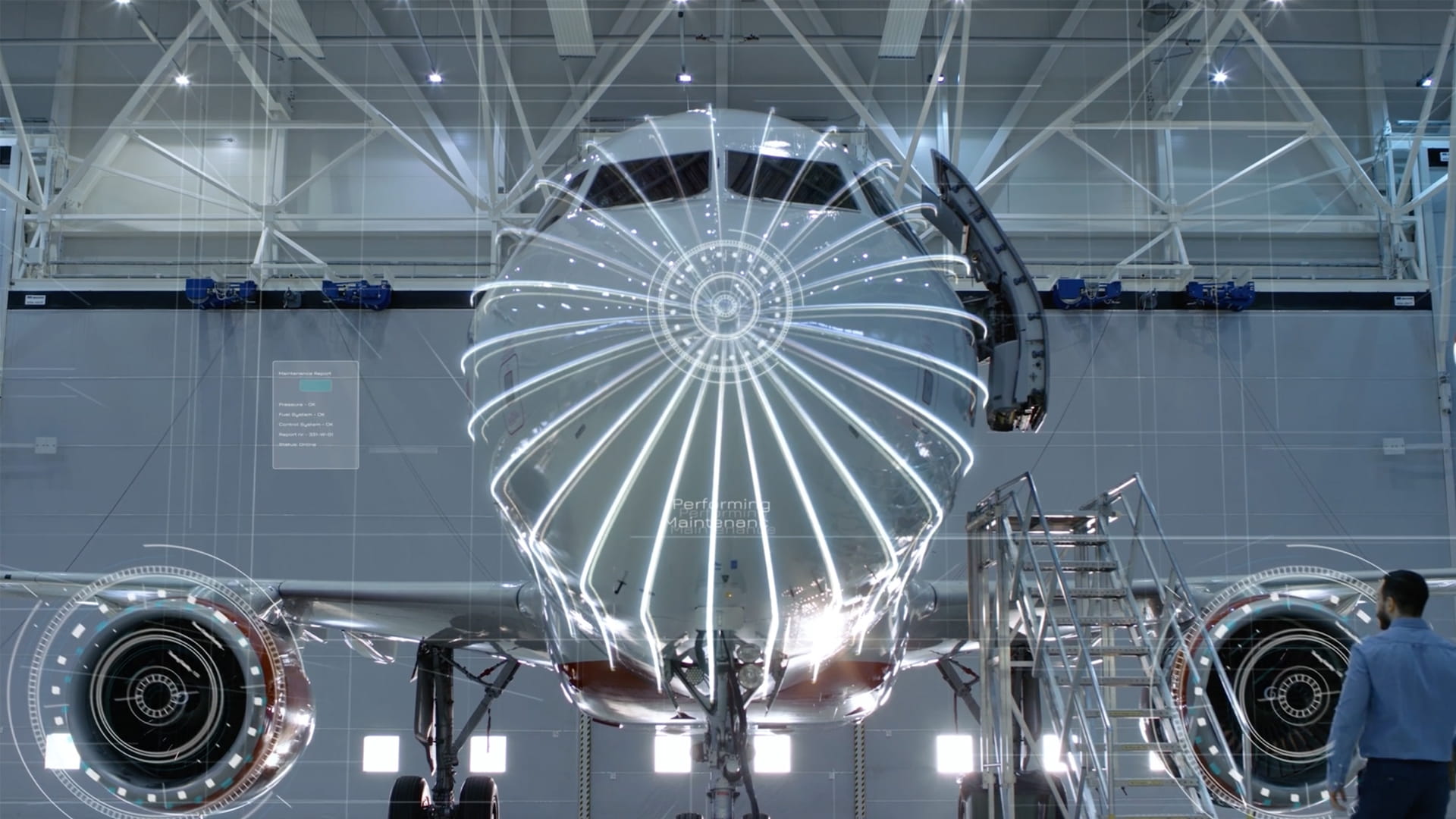Reducing Aviation's Carbon Footprint
Hybrid-Electric Propulsion Will Be a Big Step Forward
Tim White
President, Power & Controls
Collins Aerospace
[Published on ATWonline, April 9, 2019]
[Published in ATW magazine, May 2019]
It’s estimated that the aviation industry contributes 2-3 percent of the world’s human-generated carbon dioxide emissions and 12 percent of CO2 emissions from all transportation sources. As an industry we know we need to reduce our carbon footprint. The overarching question is this: How do OEMs and airlines reduce their carbon footprint while economically serving their customers? The technological and economic challenges posed by this question are huge.
One answer lies in electric propulsion. The problem is that battery technology isn’t where it needs to be. Today, the most sophisticated batteries that could power a commercial air transport aircraft would be so heavy that the aircraft would be aerodynamically, operationally and economically unfeasible. We could build smaller, regional electric aircraft, but they would have a range of less than 500 nautical miles and would also be economically unsustainable.
The aviation industry believes that the best way over the long term to lower its carbon footprint—in a technologically feasible way that ensures ongoing corporate viability—is hybrid-electric propulsion. Hybrid-electric propulsion is in the news in a big way. But most of this news concerns smaller aircraft that will be used as urban taxis. What about commercial aircraft where the real impact on carbon emissions will be seen?
We’re ahead of the technology curve with regard to commercial electric and hybrid-electric propulsion, but now is the time to invest R&D dollars for fundamental reasons. If you’re behind the curve in a high-tech industry like aerospace and defense, it’s difficult to catch up. If you try to time the curve—if you try to stay on the curve—that’s not leadership and it won’t deliver innovation. The only way to lead the aerospace and defense industry—and deliver innovation—is to be ahead of the curve.
My confidence in investing R&D dollars now, however, doesn’t diminish the two significant challenges to feasible and affordable commercial electric and hybrid-electric propulsion.
Energy and Power Density
Weight is not an aircraft’s friend. It is a function of the ability to store energy (expressed as energy density in kilowatt-hours per kilogram), and the ability to convert that energy into power (expressed as power density in kilowatts per kilogram). The task ahead of us is evident when you consider that jet fuel has 50 times the energy density of today’s batteries, and a typical jet engine has three times the power density of today’s electric engines. Here’s even more sobering data:
- An all-electric transcontinental aircraft will need orders of magnitude improvement in energy and power density and isn’t expected to be viable anytime soon. Hybrid-electric configurations may become viable sooner, based on their degree of reliance on battery energy storage.
- The electric and hybrid-electric propulsion outlook for smaller aircraft is much better. To power a regional, hybrid-electric aircraft with usable range and less than 50 passengers, the energy and power density of current batteries will need to double. We believe there is a path to achieve this in the next few years, and that a hybrid-electric passenger aircraft with 50 passengers or fewer and a range of less than 500 miles will be certified within the next 10 years.
- Looking further ahead, to make a single-aisle, 100-seat hybrid-electric aircraft viable, will require that densities double yet again. This capability is probably at least an additional 10 years beyond the regional case. This is a 4x density improvement over 15 years. The challenge is obvious when you consider that it took us 30 years to improve the power density from a 1980’s-era, large, commercial air transport aircraft by 50 percent.
Power Management
But it’s not just about generating more power, it’s also about being able to control, protect and manage the power and thermal environment. Significant amounts of electrical power at altitude is not an easy thing to manage, and real expertise is needed.
Highly efficient power distribution and conversion is required to maximize the use of available power and minimize the thermal management system. High voltage systems will be required to help achieve this for commercial aircraft. However, isolating very high voltage at altitude is challenging. Additional spacing and insulation systems are required, and that impacts weight. Also the safe use and management of electricity on an aircraft—the system design—is critically important and another crucial challenge.
These challenges should not be seen as arguments for delaying work on commercial electric and hybrid-electric propulsion. In fact, I am convinced that the strongest argument for proceeding rapidly is this: The results for OEMs, airlines, passengers and our environment will be worth it.
Internal United Technologies Corporation studies indicate that commercial electric and hybrid-electric propulsion could:
- Reduce aircraft noise up to 85 percent *
- Improve fuel consumption up to 40 percent **
- Reduce carbon dioxide emissions by more than 20 percent **
- Reduce airline operating and maintenance costs up to 20 percent ***
*Electric propulsion **Hybrid propulsion ***Electric and hybrid-electric propulsion
United Technologies Corporation (including Collins Aerospace and Pratt & Whitney), Boeing, Airbus and others are investing in the R&D necessary to make aircraft electric and hybrid-electric propulsion a reality. Recently, Collins Aerospace, Pratt & Whitney and United Technologies Advanced Projects (UTAP) confirmed their commitment to electric and hybrid-electric propulsion technology by announcing the development of a regional-size, hybrid-electric demonstrator aircraft, and by introducing The Grid: a 25,000-square-foot, high-power, high-voltage electric systems lab in Rockford, Illinois.
This investment in next-generation systems integration for key commercial, military, and emerging electric and hybrid-electric platforms is not just the right call. It’s the smart call. And smart is a great way to lower our carbon footprint.




